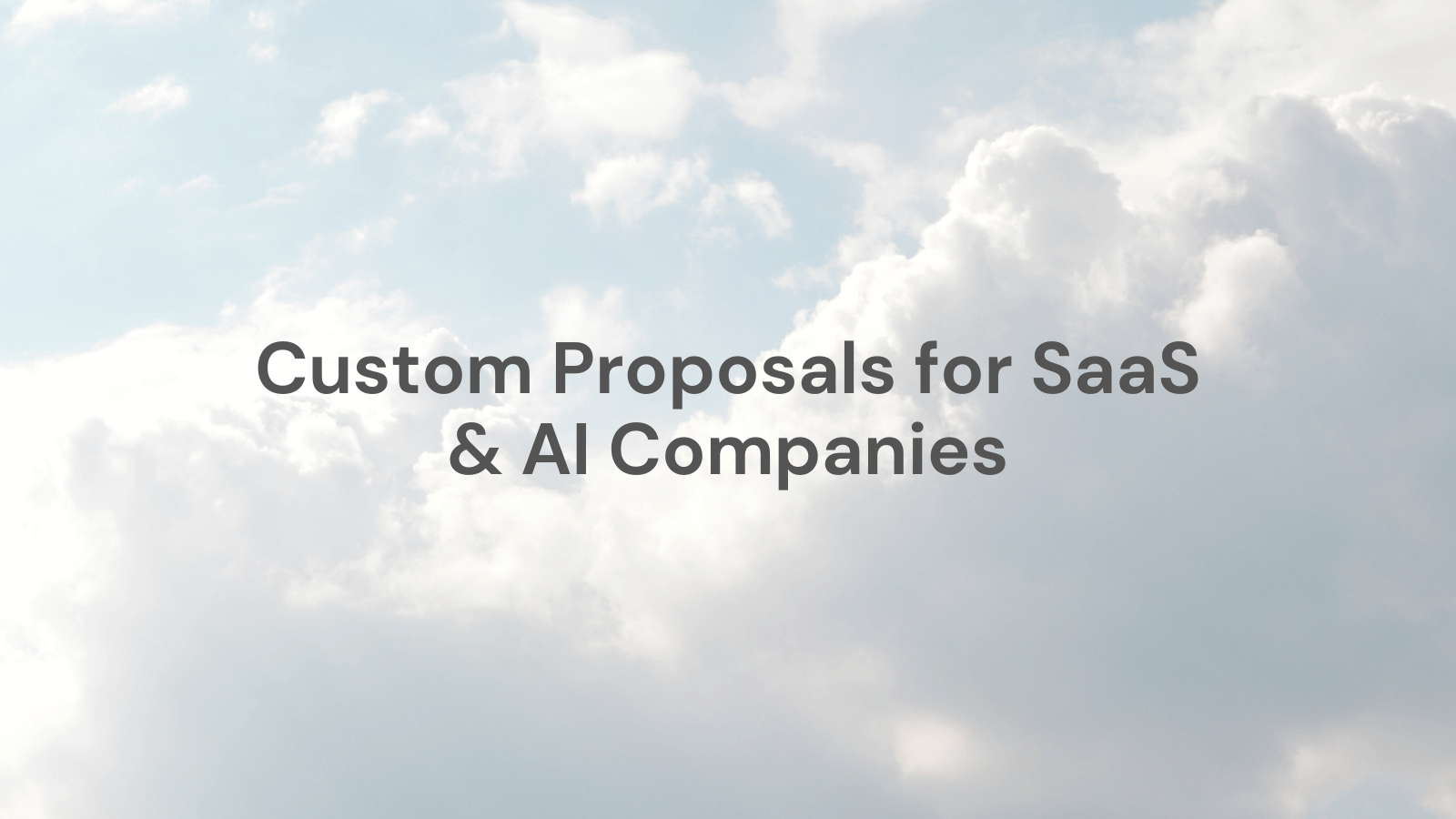How To Launch Your First Action-Based Pricing Model
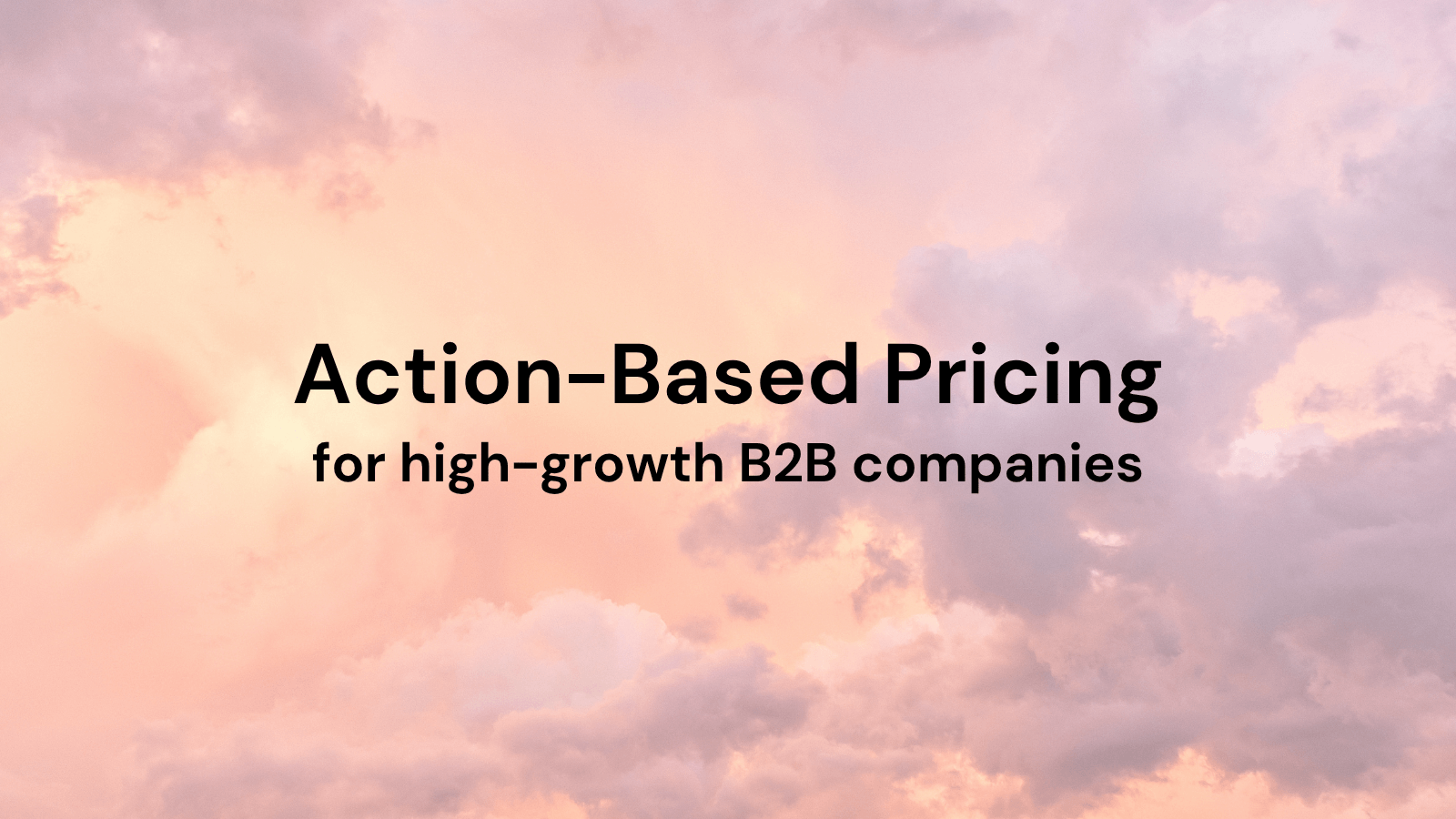
A Guide for High-Growth B2B SaaS Companies
In today’s competitive SaaS landscape, pricing and packaging are the most critical levers for driving growth and scaling efficiently. Many high-growth B2B SaaS companies have traditionally relied on seat-based or platform-based pricing models. However, as customer expectations evolve and the market becomes more saturated, it’s time to rethink your approach to monetization.
Action-based pricing—also known as usage-based pricing, pay-for-what-you-use pricing, or billable metric pricing—has emerged as a more flexible and scalable option. Companies like Twilio, Snowflake, AWS, and now Salesforce have shown that transitioning to usage-based models can accelerate growth, increase customer satisfaction, and improve revenue predictability. (See Figure 1.)
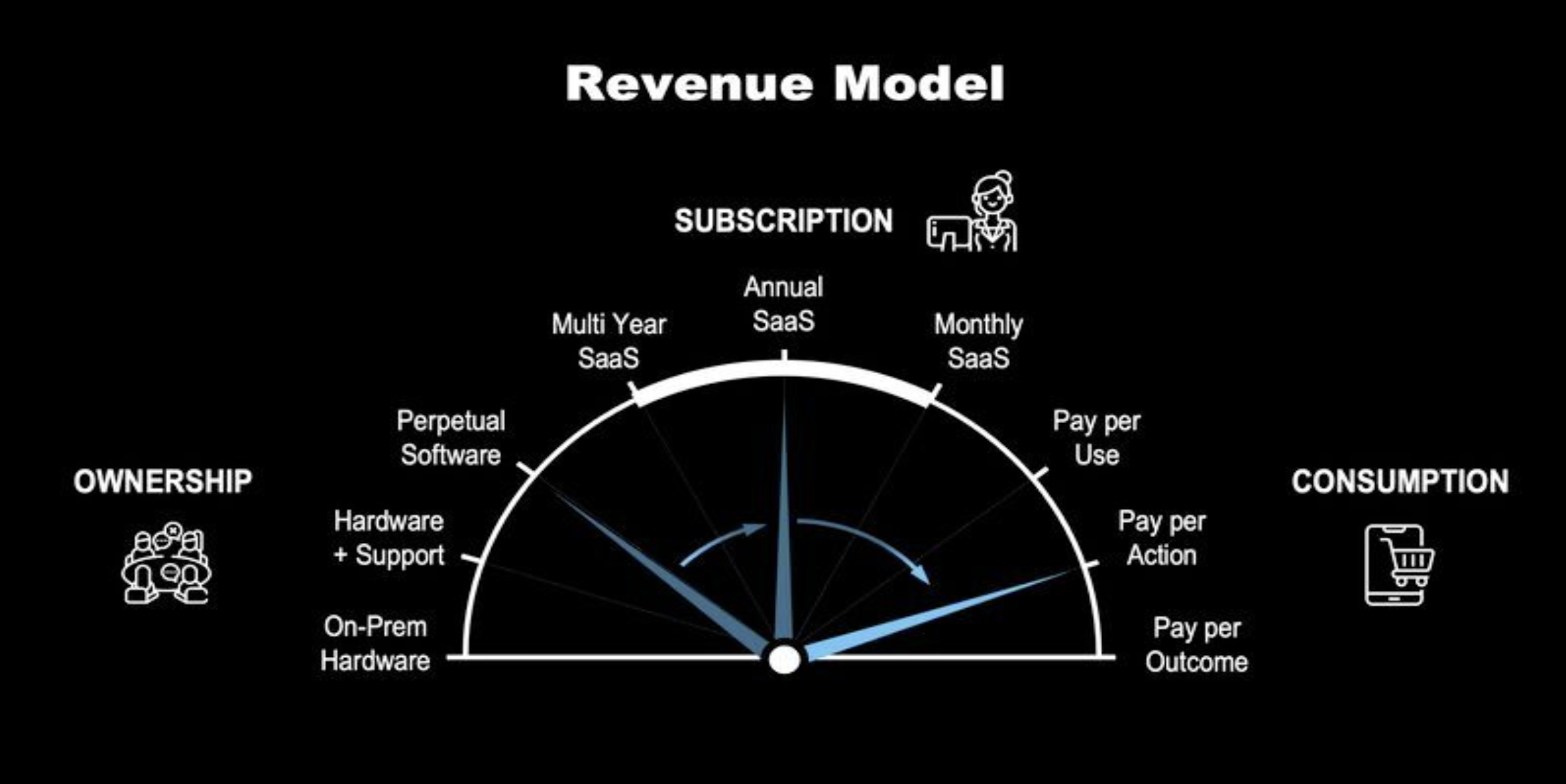
Why Action-Based Pricing Is Key To Growth
The Evolution of SaaS Pricing
Seat-based and platform-based pricing models have long been popular in B2B SaaS be- cause of their simplicity—customers pay a fixed fee per user or feature bundle. While effective during a product’s early stages, these models become less relevant as custom- ers demand more flexibility and usage patterns grow more complex in high-growth environments.
Action-based pricing offers a modern solution. It aligns revenue with actual product usage, charging customers based on key metrics that reflect delivered value—such as API calls made, data volume processed, or transactions completed. Leading SaaS companies have paved the way:
Twilio: Thrives by charging based on API usage (calls, texts, etc.), ensuring that pricing scales with customer growth. This model enables Twilio to capture more revenue from high-usage customers while offering affordable entry points for smaller businesses.
Snowflake: Uses an action-based model by billing customers based on data storage and computing power consumed, creating a low-friction entry point for new users.
Amazon Web Services (AWS): A pioneer of usage-based pricing, AWS enables customers to pay for computing and storage based on usage, catering to startups and enterprises alike.
The Five Benefits of Action-Based Pricing
Flexibility for Customers: Customers gain control over their spending by paying only for what they use. This model lowers the barrier to entry and increases satisfaction—particularly for high-growth companies with fluctuating usage patterns.
Differentiation in Crowded Markets: In increasingly saturated SaaS markets, pricing and packaging remain key differentiators. Moving early on action-based pricing gives companies an unfair advantage over competitors.
Revenue Growth and Scalability: As customer usage grows, revenue grows naturally. This alignment ensures your success mirrors that of your customers.
Improved Customer Retention: By allowing customers to start small and scale usage over time, action-based models reduce churn and increase the likelihood of expansion with- in existing accounts.
Attractive to Investors: Several sources, such as OpenView Partners and Bain & Company, have emphasized the role of usage-based or consumption-based pricing in driving high Net Dollar Retention (NDR) for SaaS companies. Investors have noted that this pricing model aligns more closely with the value customers derive, which not only promotes retention but also facilitates expansion through upsells.
Tom Tunguz, a well-known SaaS investor, has cited examples like Snowflake achieving an NDR of around 200%, highlight- ing how exceptional growth in existing customer spend contributes to company valuation. OpenView’s reports also suggest that founders are increasingly focusing on pricing strategies as the key lever for improving NDR, rather than simply expanding product offerings.
This model is particularly effective when the value provided to the customer grows with usage, as seen with platforms like AWS, Datadog, and Confluent. However, not all companies will benefit equally, and the right pricing model depends on factors like product type and customer segments.
6 Steps To Implement An Action-Based Pricing Model
Step 1: Define The Right Action Metric
Choosing the right metric ensures that pricing feels intuitive and aligned with customer value.
- Cybersecurity SaaS: Number of threats detected or blocked
- Customer Support Platform: Number of support tickets resolved
- Communication SaaS: Number of messages sent
Questions to Help Define Your Metric
- What actions do your customers take that directly correlate with the value they receive?
- Is the action frequent enough to generate consistent revenue, but not so frequent that customers feel penalized?
- Is the metric easily measurable within your platform?
Step 2: Align Internal Teams on the Pricing Change
Shifting to an action-based model requires cross-functional collaboration across product, finance, and customer success teams.
Product Team
Ensure the platform can accurately track the chosen metric and that this data is integrated into your billing system.
Finance Team
Develop forecasts based on different usage scenarios to understand how the pricing shift will impact revenue.
Customer Success
Prepare a communication strategy for existing customers who may be affected by the pricing change.
Step 3: Design Packages to Support Your Pricing Plans
While action-based pricing provides flexibility, packaging options make it easier for customers to adopt the new model. Here are a few examples:
Twilio: Simple pay-as-you-go with no upfront commitments.
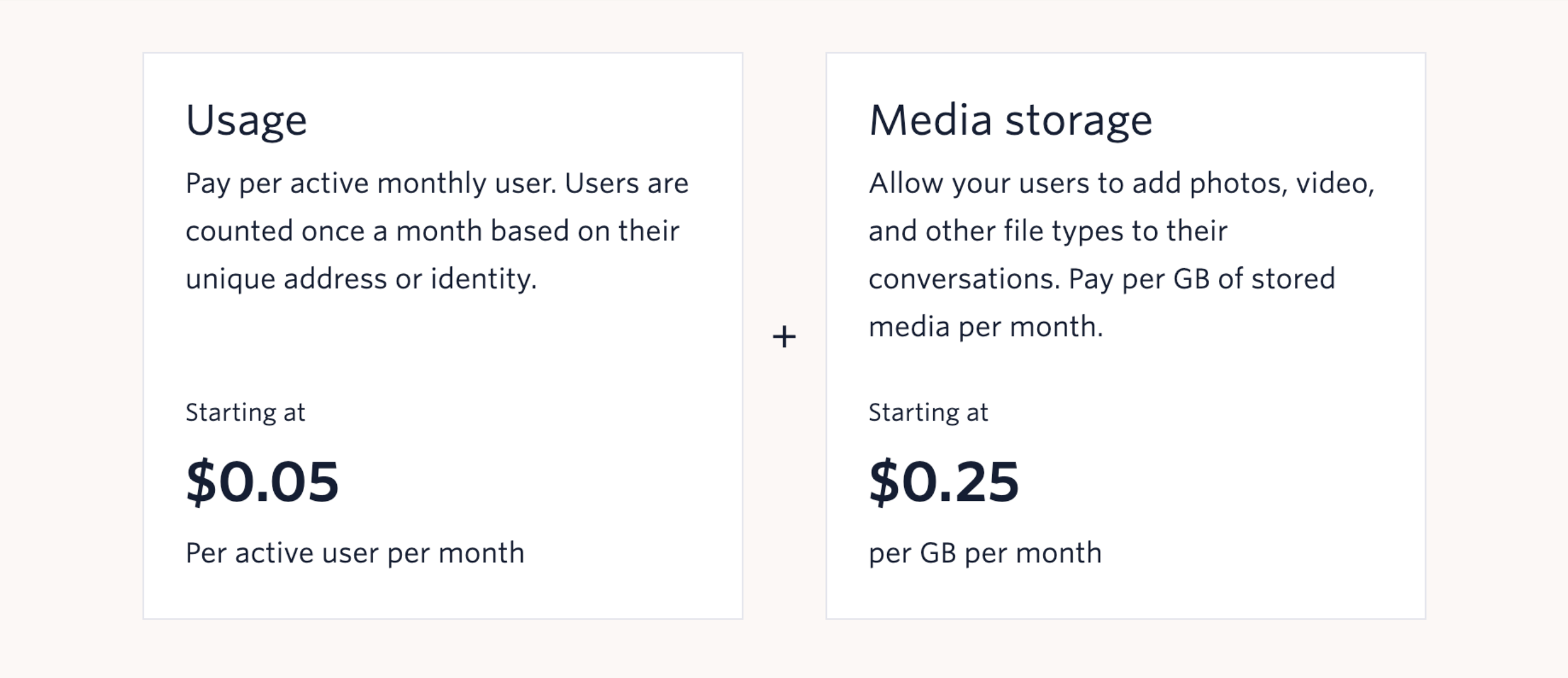
Clay: Combines tiered plans with pre-purchased usage credits.
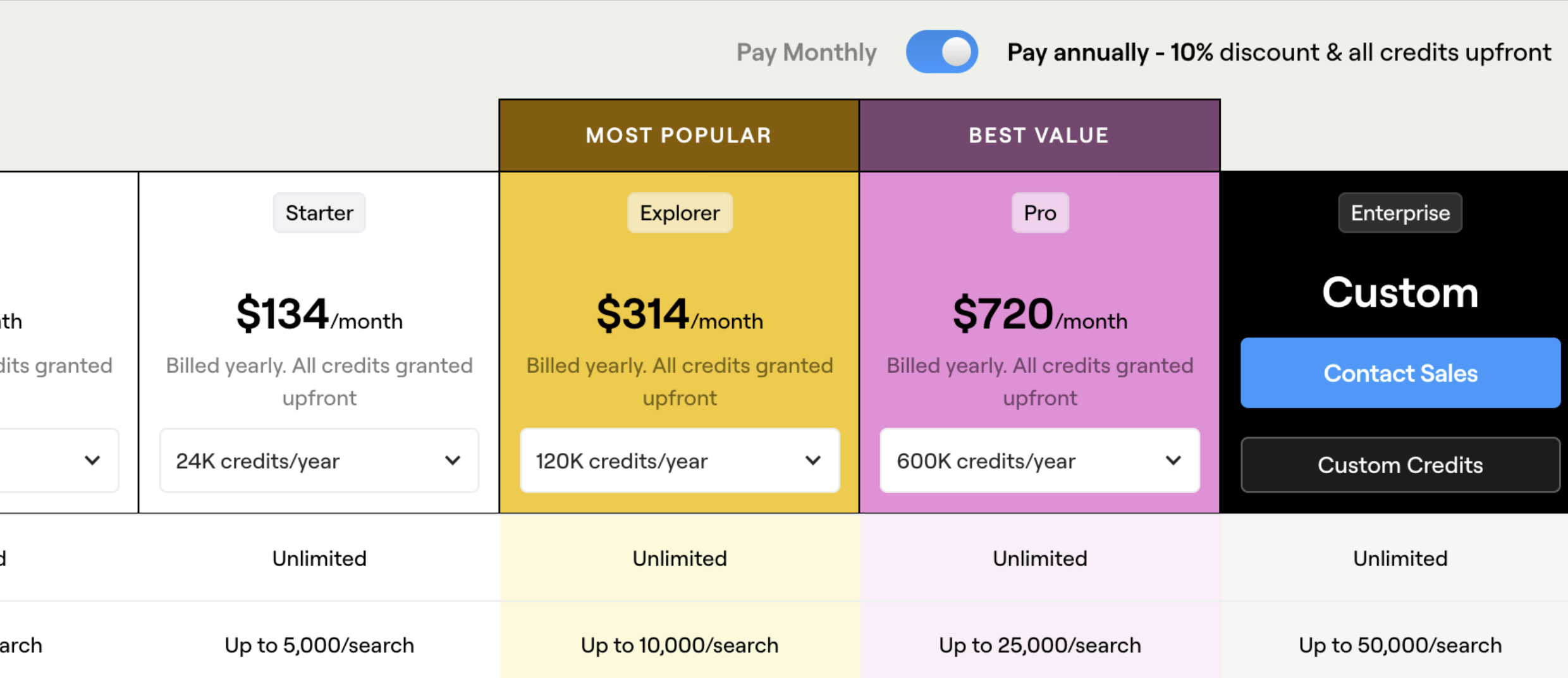
Step 4: Prepare Your Technology Stack
Your tech stack must support accurate usage tracking and billing. Make sure you have the right tools in place:
Billing Software - Tools like Atlas, Stripe, or Zuora automate complex usage-based billing.
Analytics & Monitoring - Use platforms like Pendo, Mixpanel, or Amplitude to track and analyze key actions.
Step 5: Roll Out and Test
Start with a pilot launch to a small group of customers, collect feedback, and monitor how the model affects usage patterns and revenue.
A/B Testing - Experiment with different action metrics or tiers to see what resonates best.
Customer Feedback - Use surveys and direct interviews to gather insights and refine the model.
Step 6: Communicate the Change Transparently
Transparency is essential when rolling out an action-based pricing model. Customers need to understand how they’ll be billed and why it benefits them.
Ready to Go From Idea to Revenue?
Atlas gives you everything you need, pricing strategy, checkout, billing, analytics, and more to start making money.

.png)
